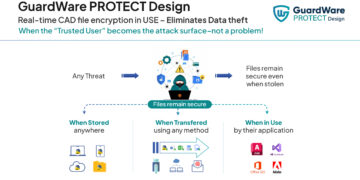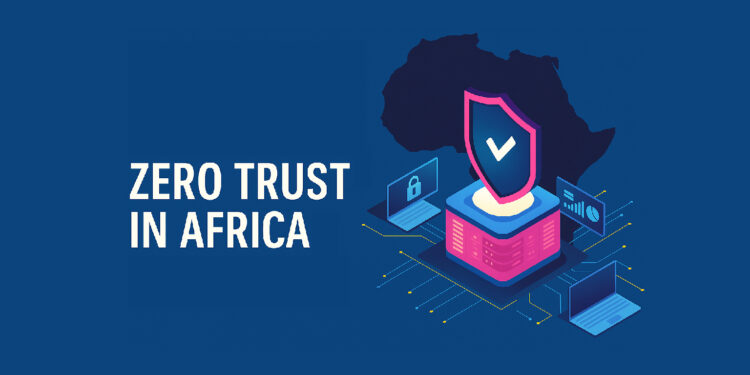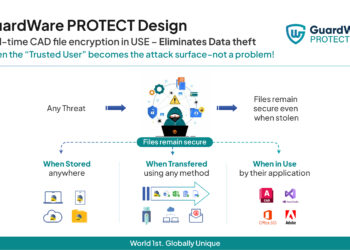By the CxOTrail Editorial Team
As cyber threats continue to grow in volume and sophistication, African organisations are moving beyond traditional perimeter-based security. The concept of “Zero Trust”, once seen as theoretical, is now being adopted as a practical strategy to strengthen digital resilience across the continent.
Zero Trust follows a simple principle: never assume anything inside or outside your network is trusted. Every user, device and access request must be continuously verified. This model is becoming especially relevant in cloud-first, mobile-driven, and hybrid IT environments that are common in many African enterprises.
Why Zero Trust Matters in Africa
Africa’s digital economy is expanding rapidly. From fintech platforms in Lagos and Nairobi to enterprise cloud deployments in Johannesburg and Casablanca, businesses are scaling fast. However, this progress also brings increased exposure to cyber threats.
Recent figures highlight the urgency:
- In 2024, organisations in South Africa experienced over 110,000 cyberattacks per week according to Check Point Research.
- Kenya recorded more than 860 million cyber threat events in 2023 based on data from the Communications Authority of Kenya.
- Nigeria, with over 100 million internet users, has seen a sharp increase in phishing, ransomware and insider threats across banking and telecom sectors.
- Morocco ranks among Africa’s top five countries for malware-related web threats, according to Kaspersky Lab.
These numbers underscore the need for more advanced, identity-driven security models that go beyond legacy defences.
Building a Localised Approach
Zero Trust is not a product. It is a shift in mindset and architecture. The key pillars of a Zero Trust framework include:
- Identity and access management (IAM)
- Least privilege access
- Network segmentation
- Continuous monitoring using analytics and automation
African organisations are beginning their Zero Trust journeys by implementing multi-factor authentication, endpoint detection and secure cloud access. These incremental steps are helping organisations achieve security maturity without the need for major infrastructure overhauls.
Cultural and Operational Considerations
In many African business environments, trust and relationships are valued highly. As a result, the phrase “Zero Trust” may seem counterintuitive or even negative. To address this, security leaders are repositioning the approach as “trust through verification.” This framing highlights that Zero Trust is not about suspicion, but about securing users, systems and data in a way that aligns with modern risk realities.
Barriers to Adoption
Despite growing awareness, challenges persist. A shortage of skilled cybersecurity professionals is a common obstacle. Budget constraints also affect many small and medium-sized enterprises and public institutions. Additionally, inconsistent definitions of Zero Trust in the vendor landscape can lead to confusion. Finally, many national cybersecurity strategies do not yet provide clear roadmaps for Zero Trust implementation.
Recommendations for CxOs
To make Zero Trust actionable, African CIOs and CISOs can begin with the following steps:
- Implement identity and access controls, including MFA
- Review cloud and SaaS application access
- Map and prioritise critical digital assets
- Use data protection regulations such as NDPR or the Kenyan DPA to gain internal alignment and board support
- Explore managed service providers for skills and advisory support
Conclusion:
Zero Trust is not a trend. It is a strategic shift that enables African organisations to manage risk, build digital trust and future-proof their operations. By aligning this approach with regional realities and leadership priorities, African enterprises can turn security from a cost centre into a competitive advantage.
Coming Soon
This article is part of the upcoming launch of SecureTrail, Africa’s AI and Cyber Monthly.
For contributions, collaborations or early access, please reach out to editorial@cxotrail.com




































